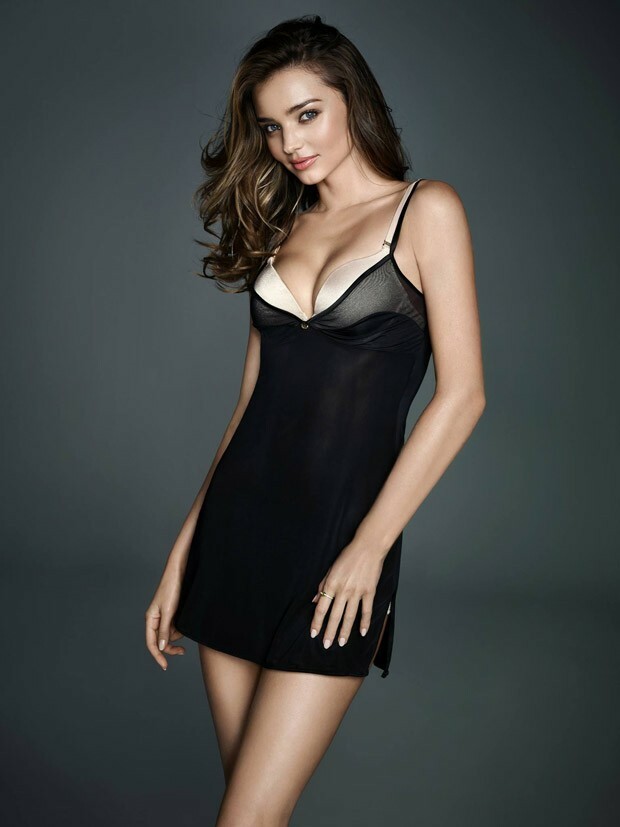Stove heating and cooking are still popular. Stoves are autonomous, efficient and economical - it is an excellent heat generators. But the stability and usability of these heat sources requires equipping it with additional equipment. Stove for stoves - one of the key attributes that facilitate and accelerate heat transfer.
Cast iron plate, or cooking decks, calculated as in traditional brick furnace and at their advanced analogs. Their place in the cottage and the apartment.

What are the stove plate?
Plates made of cast iron are characterized by inertial heat dissipation - cool long. The heated panels are capable for several hours to give uniformly heat the room. Using iron equipment, you can kill two birds with one stone - along with heating, this excellent help when cooking.
Cast iron plates for the stoves are made in two basic formats, allowing you to adapt the product to suit your needs. The format and dimensional variability allow to pick the panel, based on the size and destination of dishes.
The technical aspects of iron plates
casting - manufacture of furnace panels method. The role played by raw materials, gray cast iron, marked, as the MF 15-20. Figures labeling mean tensile strength, expressed in kg / mm2. Called gray cast iron is not quite correct, but the error is fixed at the guest level. Although the color plates really reflects the name of the metal.

MF is a combination of carbon and iron - the two main components of the material. Additionally, the composition includes a quantity of sulfur, manganese, phosphorus, and silicon. Impurities - reason for the increase of strength characteristics of cast iron.
Hob iron differs:
- thermal stability - high-quality plates are resistant to temperature fluctuations; High temperature causes deformation decking throughout the operational period;
- anticorrosion characteristics; immediately after the cast slabs are covered by a layer of rust, which makes them able to resist corrosion; Some product is further coated with a heat-resistant protective layer, but its function is decorative rather - after some time the protective layer is erased, that does not affect the operation plate.
The most popular sizes of boards, mm:
- 340*410;
- 340*510;
- 340*585;
- 410*660;
- 410*710.
Panel thickness usually varies between 8-17 mm. Weight ranges 10-55 kg. In the Russian market products of both Russian and European manufacturers. Among the latter, more than all the common plates produced in Finland.
Tip! Choose the plate according to the dimensions of dishes. Yes, the cooker under the three-dimensional packaging can be more expensive, but powerful product - a pledge of comfort and safety guarantee.
Forms of iron plates
Furnace plate can be an integral and modular. Both formats are designed and space heating, and to help in cooking. The difference between the variants lies in the presence of termozazorov in prefabricated panels.
whole plate


Solid panels are divided into cast wholly and options with rings. In the first case the plate is a hollow iron sheet. The second - the cast flooring digester with one or two rings of fixed diameter.
Advantages of the type:
- easy installation;
- low cost.
option Disadvantages:
- less practicality, compared with prefabricated panels; lack thermal clearances makes the product more vulnerable - metal expands when heated, which may lead to deformations of the cast iron;
- longer heating utensils; Blanking plate equivalent to the absence of direct contact with the dishes a heat source (of course, only applies to beskonforochnym products).
prefabricated slabs


National variants are iron sheets with one or two burners. Unlike the previous form, are composed of different-burner rings of folding into each other. And one group more than the other rings. Because the rings are removable, it is possible to adjust the diameter of the burner. It is very convenient, because you can adjust the size of a deck of dishes.
There are gaps between the rings, and it allows to compensate for the expansion of the metal during heating. The most durable products are made with additional reinforcement ribs on the back side. This makes it possible to further increase the heating panel.
Advantages of the type:
- no deformation during operation; through gaps between the rings durability precast slabs is higher than whole-piece;
- Higher rate of heating utensils; reason - the presence of the last contact with a heat source;
- the ability to adjust the size of cookware products;
- higher allowable temperature of the cooking surface (subject to the availability stiffeners).
Lack of prefabricated panels one - cost. But, as cast iron plates on the whole do not differ high prices, in many cases it is advisable to purchase an option with-burner rings.
Fitting plates nuances
On the choice and quality of installation of a cast iron plate for the stove it depends not only on the efficiency of the panel, but also the safety of users. Poor-quality product and / or incorrect installation can lead to the destruction of the plate directly in the operation. Given the size of cookware, the heat and the complexity of the operational challenges of neutralization, to the selection and installation should be approached with great responsibility.
Several of the recommendations regarding the installation of the plate for the stove:
- between the oven cooker and the flooring to be 5 mm gap in the horizontal plane; the distance between objects compensates for thermal expansion and increases service life;

- large burner mounted above the combustion chamber;
- the plate must be installed horizontally; for correction using a bubble level horizon; In addition, the base must be flat - panel gap is not allowed;
- sheet iron mounted on the mixture of clay and asbestos - these materials resistant to high temperature; Food diagram solution:
- clay diluted with water;
- a mixture of water and pour crushed clay asbestos;
- solution in water was added gradually until a creamy mixture;
Note that the horizontal gaps must be filled in, otherwise the iron will destroy the brickwork;
- masonry upper series (which is mounted on the plate) "ringed" metal area - this makes the design robust.

Important! you must perform a special way the first furnace. Within 8 hours sheathing temperature was adjusted to 600 degrees. Every hour the temperature was raised to 70-80 degrees. With the gradual heating of the starting plate for cast iron stove becomes durable - it disappears internal stress of the metal.
conclusion
Selecting the hob - responsible task. Installing the product on the stove - even more important aspect. On the stove, it is better not to save, and the installation is best left to professionals. If you are caring modern kitchen stove with built-in stove, pay attention to products trusted manufacturers.



